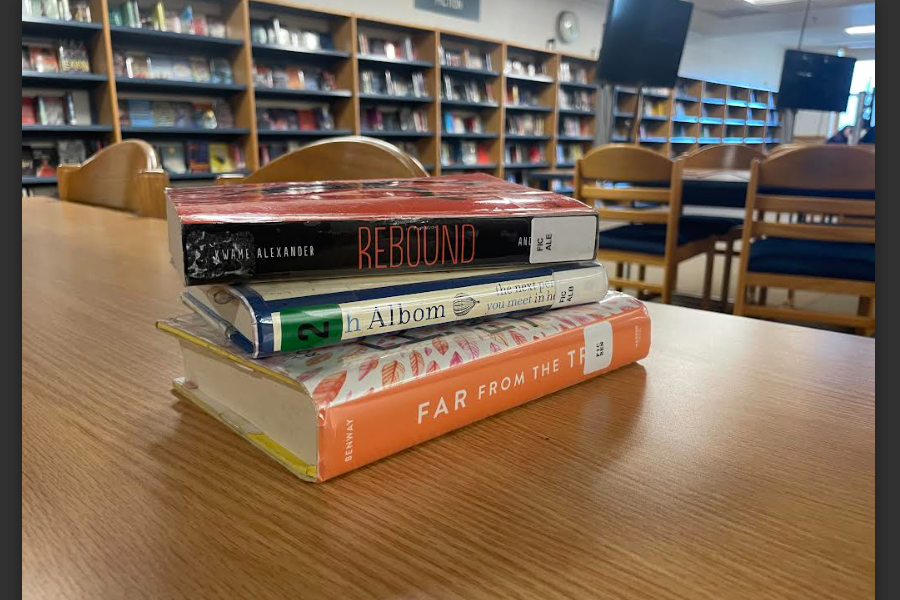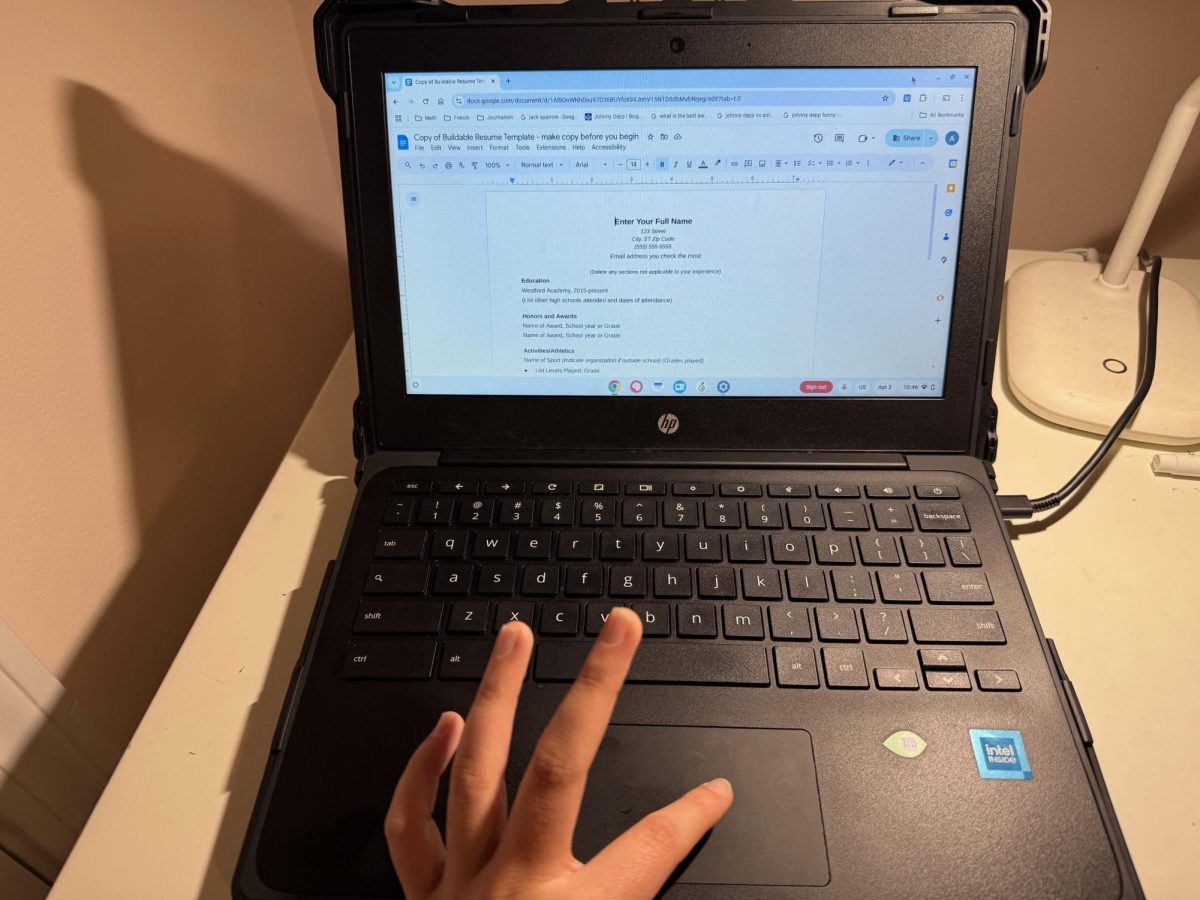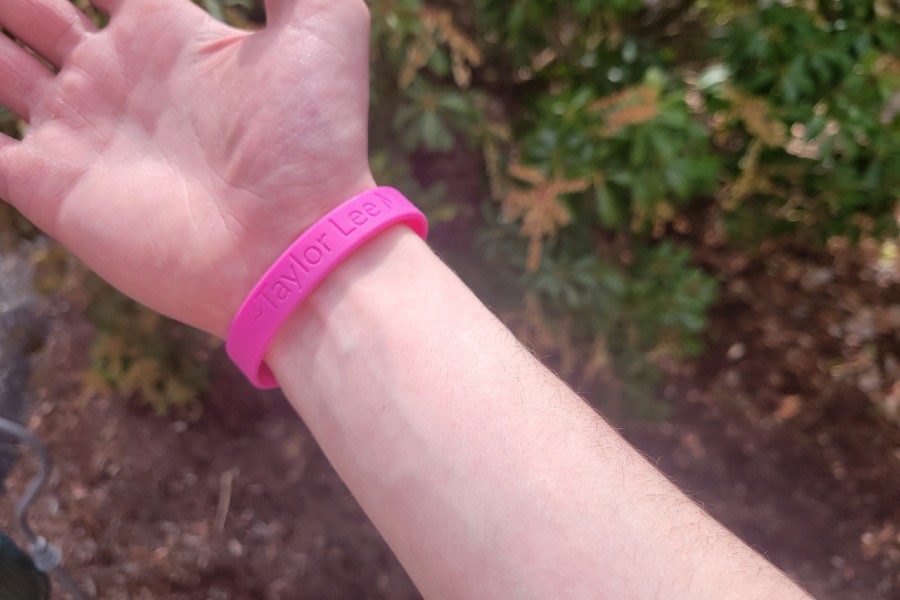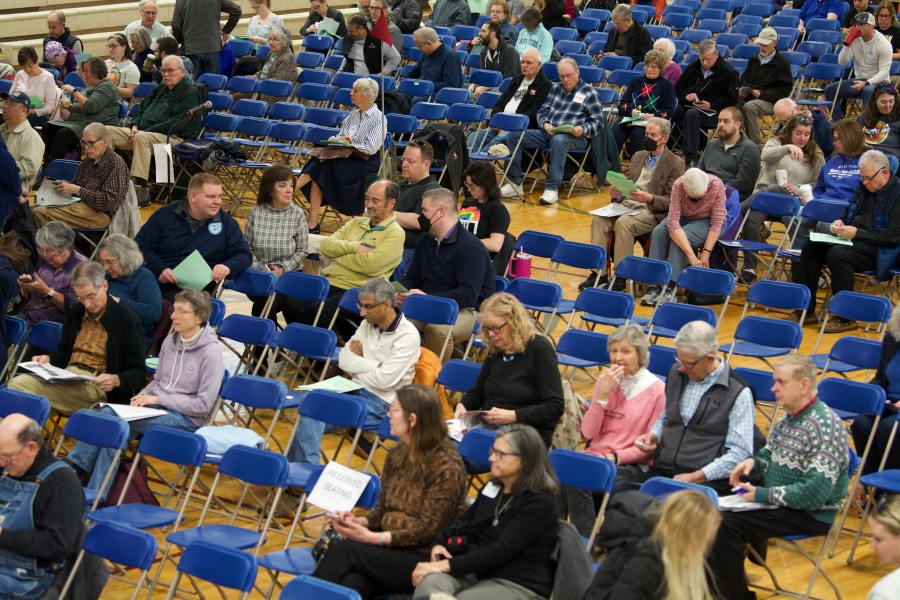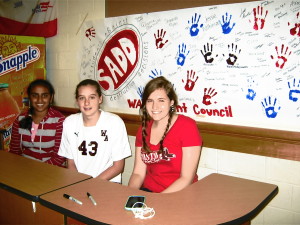 By Victoria Walker
By Victoria Walker
Business Manager
As far as getting behind the wheel of a car is concerned, alcohol has always been out of the question. It has been well known information for a while that a blood alcohol level of above 0.08% is practically synonymous with fines, tedious court work and potential jail time.
It’s hard to get behind the wheel of a car intoxicated or holding open alcohol without knowing full well that you are making a bad choice. But what if you are cruising along a quiet street, late to meet up with friends or waiting for news about a family member in the hospital, and the phone sitting on your console chimes with the sound of an incoming text. How many people are going to think twice before glancing down to check that message?
Texting is on the rise worldwide, with SMS messaging having increased in frequency from 9.8 billion messages per month in December, 2005, to 110.4 billion per month December of 2008, according to Michael Austin of Car and Driver Magazine. It is fast, easy, and, unlike consuming alcohol, perfectly acceptable for teenagers. It takes a few minutes to pull over and make a phone call, but only a few seconds to type and send the letter “k”.
In fact, according to the National Highway Traffic Safety Administration (NHTSA), the average American takes approximately 4.6 seconds to read a text. Most of the time, during this five seconds one’s car will sit peacefully in traffic or cruise down the freeway at 55 miles per hour undisturbed, covering the length of a football field without the driver ever looking up at the road.
In suburban America, where there is little to no public transportation and cars are as common as people, texting and driving accidents may seem rare. This view may change, however, as one considers the 3,000 deaths and 330,000 injuries that take place per year when people use their phones behind the wheels of their cars. The number of deaths alone is equivalent to killing the entire student body of both Westford Academy and Lincoln-Sudbury Regional High School every single year.
In order to solve this problem, there has been a national shift of media focus towards the issue. While we once saw shocking videos of ex-smokers breathing through tubes in their throats, today the nightly television is littered with ads featuring graphic car crashes and crippled people holding up enlarged copies of the texts which they were reading when they crashed their cars and, in many cases, killed other innocent people.
In Westford, we have seen our own shift. The WA Students Against Destructive Decisions (SADD) Club is notorious for speaking out against drugs and alcohol. During the club’s most recent event, however, members hung up a poster in the cafeteria for a week and encouraged students to take a momentary break from their lunch and social time to sign the pledge not to text and drive.
“Originally [SADD] was created as Students Against Destructive Driving because that was seen as the biggest issue of the time, and then it became more [encompassing] of destructive decisions,” said club advisor Melanie Jozokos. “…our focus now as we’ve really involved the club here at Westford Academy is to not only educate students on how to avoid destructive decision, but to change the focus on what can we do to really give students an alternative place to go than a party on a Friday night.”
Last year, the WA SADD club attended a summit in Boston, where eight student representatives met with other students from around the state, as well as various insurance agencies.
“Organizations from around the country came and spoke and educated about texting and driving and the hazards of it and all that, but also the focus of the summit was to brainstorm what you could do at your own school to help get the message out about texting and driving,” said Jozokos.
At the end of the week, the pledge to not text and drive was full of signatures. Members of the SADD club were happy with the results and that so many people had taken the time to think about the issue..
“It was great,” said Jozokos. “We ended up getting enough pledges… that we were able to enter our school into a national drawing… and we were able to get feedback [on the issue] from our school during the pledge day here at Westford Academy.”
Beyond the pledge, WA SADD will be working throughout the year on various activities, with club members calling it only the “first initiative of several that we’re going to have this year.”
Polls show that most people believe that texting while driving is a bad idea. So why is it that 47% of adults admit to doing it? Many people believe that while texting drivers are 23 times more likely to be involved in a crash, as stated by Professor David J. Hanson of the State University of New York, they individually are the exception, too smart or too good of drivers to fall into this trap. Many of these people are teenagers, who either do not know the risks, or do not consider themselves within the bounds of the consequences.
Luckily for Westford, there are clubs like SADD working towards educating people at a local level about the dangers of destructive decisions. The definition of what destructive means is constantly evolving with the times, with more and more simple decisions becoming risky ones as technology is enhanced, so it is important to increase the spread of up-to-date information throughout one’s community.
“I think it’s really interesting,” said senior club officer Richa Singh. “The issues have changed because ten, twenty years ago, cell phones weren’t as wide spread and now every teenager has one. So I think it’s just mainly societal changes.”
Sources:
http://www.caranddriver.com/features/texting-while-driving-how-dangerous-is-it

